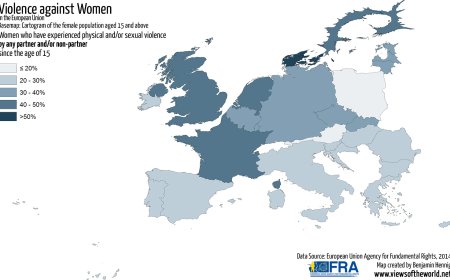Reform of China's Retirement Age: A Necessary Change with Broad Consequences
By deciding to increase its retirement age, China is making a major policy change meant to solve a demographic dilemma endangering the long-term economic viability of the nation. This action not only fits China's fast aging population and declining workforce but also reflects the larger social and economic problems many aging nations across the globe experience.

By deciding to increase its retirement age, China is making a major policy change meant to solve a demographic dilemma endangering the long-term economic viability of the nation. This action not only fits China's fast aging population and declining workforce but also reflects the larger social and economic problems many aging nations across the globe experience.
Men in China will progressively be retired at 63, starting in January 2025; women will retire at 55 or 58 depending on their line of work. This change is a long way from the present retirement ages—60 for males and 50 or 55 for women, depending on their employment. These numbers were created during the 1950s, when China's life expectancy was just forty years. With life expectancy of more than 76 years and Chinese people living longer, healthier lives, the nation's antiquated retirement rules have proven unsustainable today.
China's social safety nets, especially its pension system, would be severely strained by about 400 million persons over the age of 60 by 2035, especially considering Should radical changes not be carried out, the state pension fund may run out of by 2035, according warnings issued by the Chinese Academy of Social Sciences. Rising the retirement age is a required action to strengthen the pension system and lower the economic load on the younger generation given an aging population and less workers to assist the elderly.
Economic and demographic reality
China's demographic scene is fast changing, and the immediate result of decades of population control programs—including the controversial one-child rule—is a declining workforce. Designed to slow down population increase, this approach has left China with an unbalanced age distribution whereby less younger workers can sustain an increasing senior population. With 850,000 less inhabitants than the year before, the nation reported its first population drop in decades in 2022. The population had dropped by 2 million individuals by 2023.
Additionally resulting from this demographic change is a high dependency ratio, a crucial sign of economic stress. With a dependency ratio of 21.8%, the roughly five workers under 65 supporting each retiree over 65 in 2022. This ratio is likely to increase as the population ages, therefore stressing even more the pension system and social services.
Juggling Long-Term Gains with Short-Term Pain
Although the reform on the retirement age is important, it comes at a period when China is already dealing with economic difficulties like a slowing economy and great young unemployment. The choice to extend the working years for millions of Chinese people could aggravate these problems in the near run since younger workers, already having trouble finding employment, will be more competitive from older, more experienced workers staying in the labor longer.
Experts contend, however, that this temporary suffering is required to prevent a far more severe economic calamity down road. Fundamentally sponsored by deductions from existing workers, China's pension system is unsustainable in its present form. Without reform, the weight of helping the elderly would be disproportionately on a declining pool of younger workers, resulting in economic stagnation and more social discontent.












































